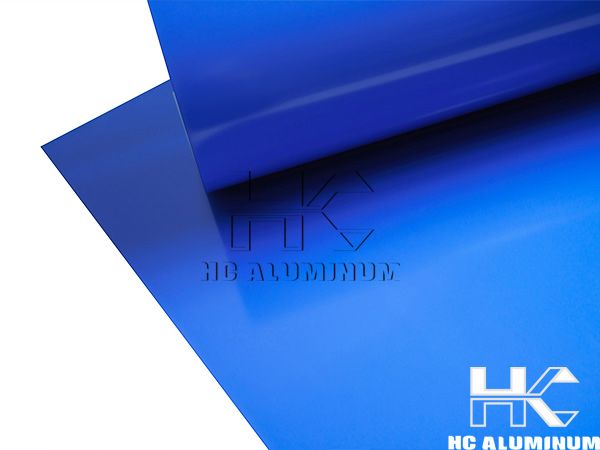
News
Positive thermal CTP (computer-to-plate) offset printing plate is a direct platemaking material for digital printing. It realizes direct image transfer through thermal imaging technology, eliminating the film step in traditional platemaking. Its core principle is to use infrared laser to irradiate the photosensitive layer of the plate material, triggering chemical changes to form hydrophilic or oleophilic areas, thereby achieving accurate reproduction of printed images.

Common specifications of positive thermal ctp offset printing plate:
1. Type and base
- Type: single-layer positive thermal type, the coating is usually blue.
- Base: Aluminum base with electrochemical grit, anodized and hydrophilic treatment is used to enhance printing resistance and hydrophilicity.
2. Technical parameters
- Photosensitive wavelength: 800~850nm, peak value 830nm, suitable for mainstream thermal CTP platemaking machines (such as Kodak, Heidelberg, etc.).
- Exposure energy: 100~150 mj/cm², some models support fast exposure as low as 100 mj/cm².
- Resolution: 1%~99% dots are accurately restored at 200~450 lpi, supporting 10μm fine lines.
- Printing life: 100,000~250,000 prints without baking, and 1 million~1.5 million prints after baking (depending on printing conditions).
- Size: The maximum size of the short side is usually 1480mm, and the cutting error is ≤0.5mm.
- Shelf life: 18 months in a dry and cool environment (5~30℃, humidity 40%~80%).
Core advantages of positive thermal ctp plate:
1. High printing life and stability
- Using imported aluminum plate base and special grit treatment technology, combined with high-efficiency photothermal conversion coating, the printing life is significantly higher than traditional PS plate, especially suitable for long-run printing.
- Strict quality control processes (such as electronic scanning detection and manual sampling) ensure that the product qualification rate reaches 100%.
2. Efficient production and cost saving
- Fast exposure speed, no need for preheating, low frequency of developer replacement (e.g., 2000 square meters of plate only need to replace developer once), reducing consumables costs.
- Compatible with a variety of thermal CTP equipment (e.g., 830nm laser models), reducing the threshold for equipment investment.
3. Excellent printing quality
- High dot reproduction accuracy (error ≤1%), support for high-line screening (e.g., 450 lpi), especially suitable for color printing and fine graphics.
- Optimized hydrophilic layer and ink affinity, rapid achievement of water-ink balance, and reduced start-up preparation time.
4. Environmental protection and convenient operation
- Bright room operation, avoiding traditional darkroom processes, and improving the working environment.
- Eliminate the film link, reduce chemical waste pollution, and comply with the trend of green printing.
Application scenarios of positive thermal ctp offset printing plate:
- Commercial printing: such as posters, product manuals, brochures, etc., rely on high-precision dot reproduction.
- Newspaper printing: fast plate making and high printability meet the high-frequency printing needs of daily newspapers.
- Packaging printing: adapt to UV ink (plate baking treatment is required), suitable for complex printed products such as food and pharmaceutical packaging.
Positive thermal CTP offset printing plates have become the mainstream choice for digital printing due to their high efficiency, stability and environmental protection. Its technical parameters and advantages vary slightly among different brands (such as the range of printability), but the core functions are all centered around improving printing efficiency and quality. With the acceleration of the localization process, the cost of plates has been further reduced, which has promoted the popularization of CTP technology.
PRODUCTS
ONLINE CONSULTATION
If you have any questions, please contact us and we will contact you as soon as possible.
Leave A Message
If you are interested in our products and want to know more details, please leave a message here, we will reply you as soon as we can.

